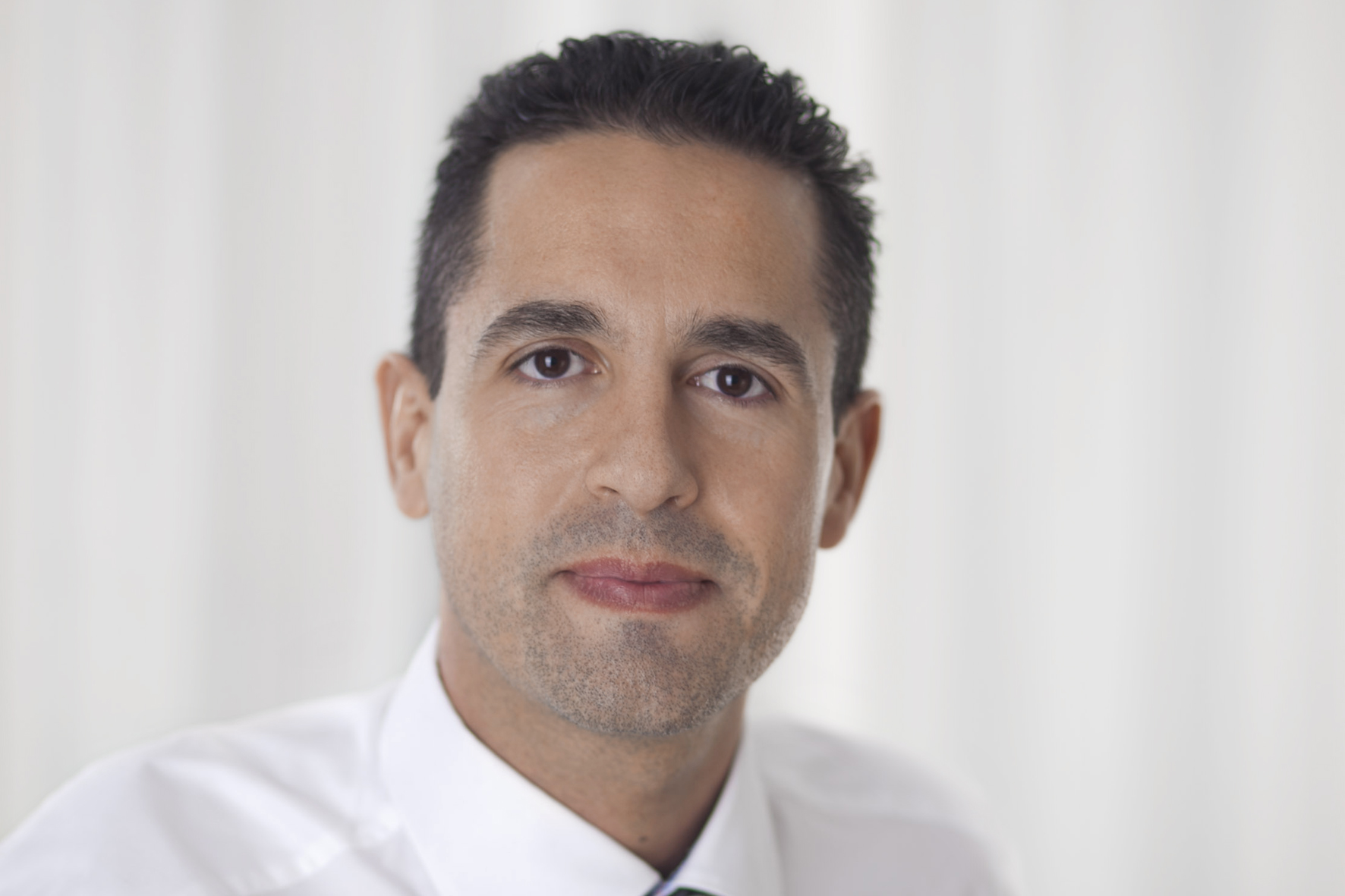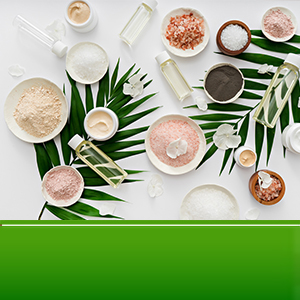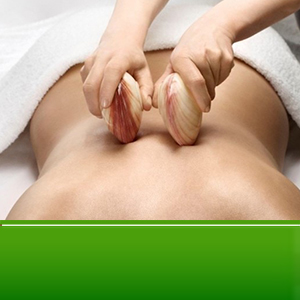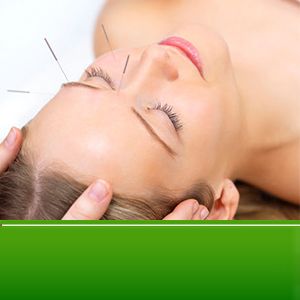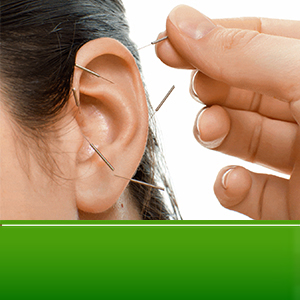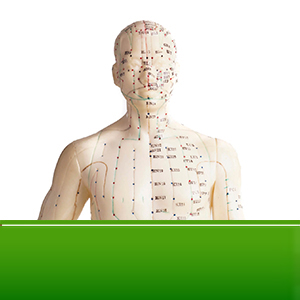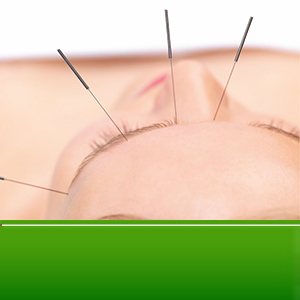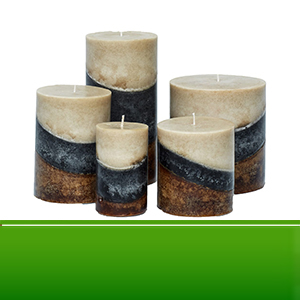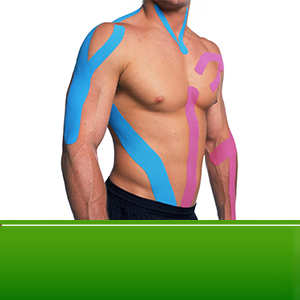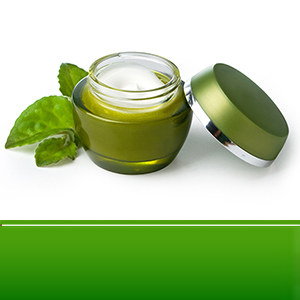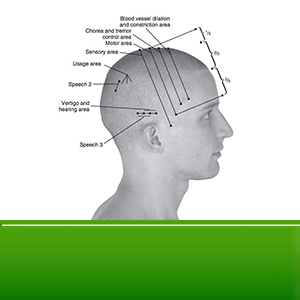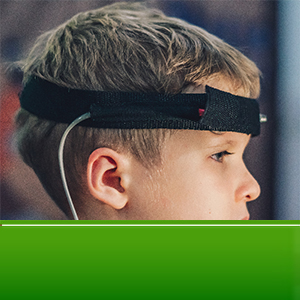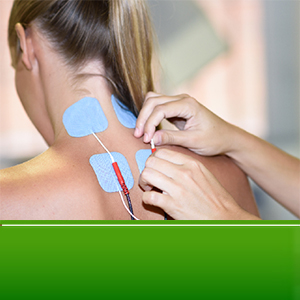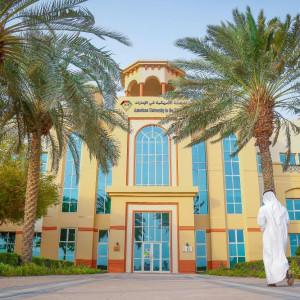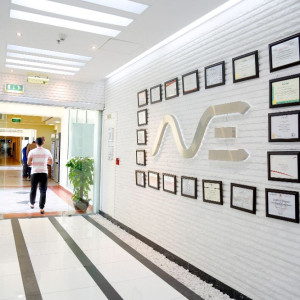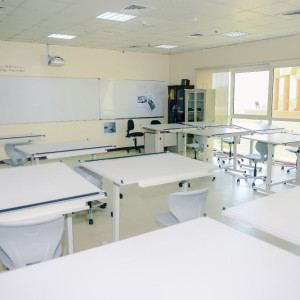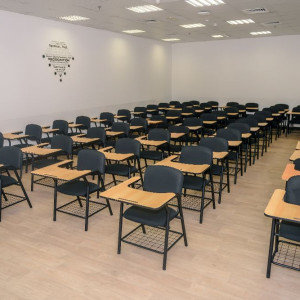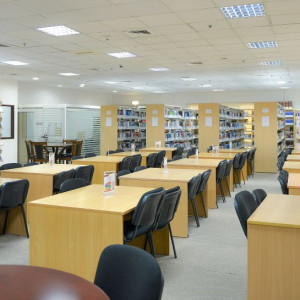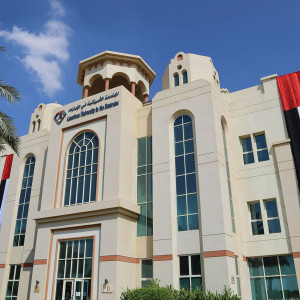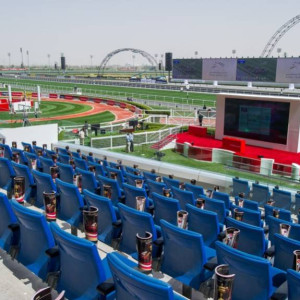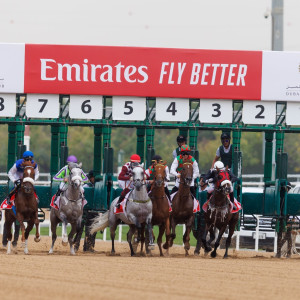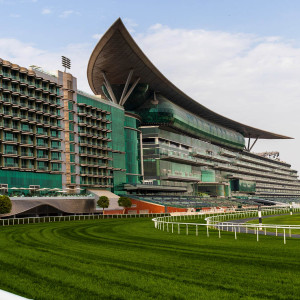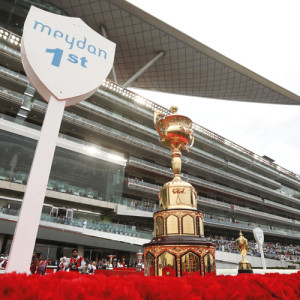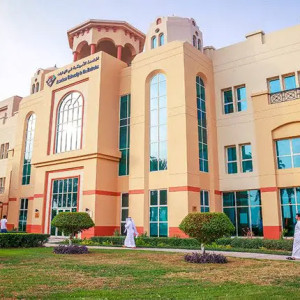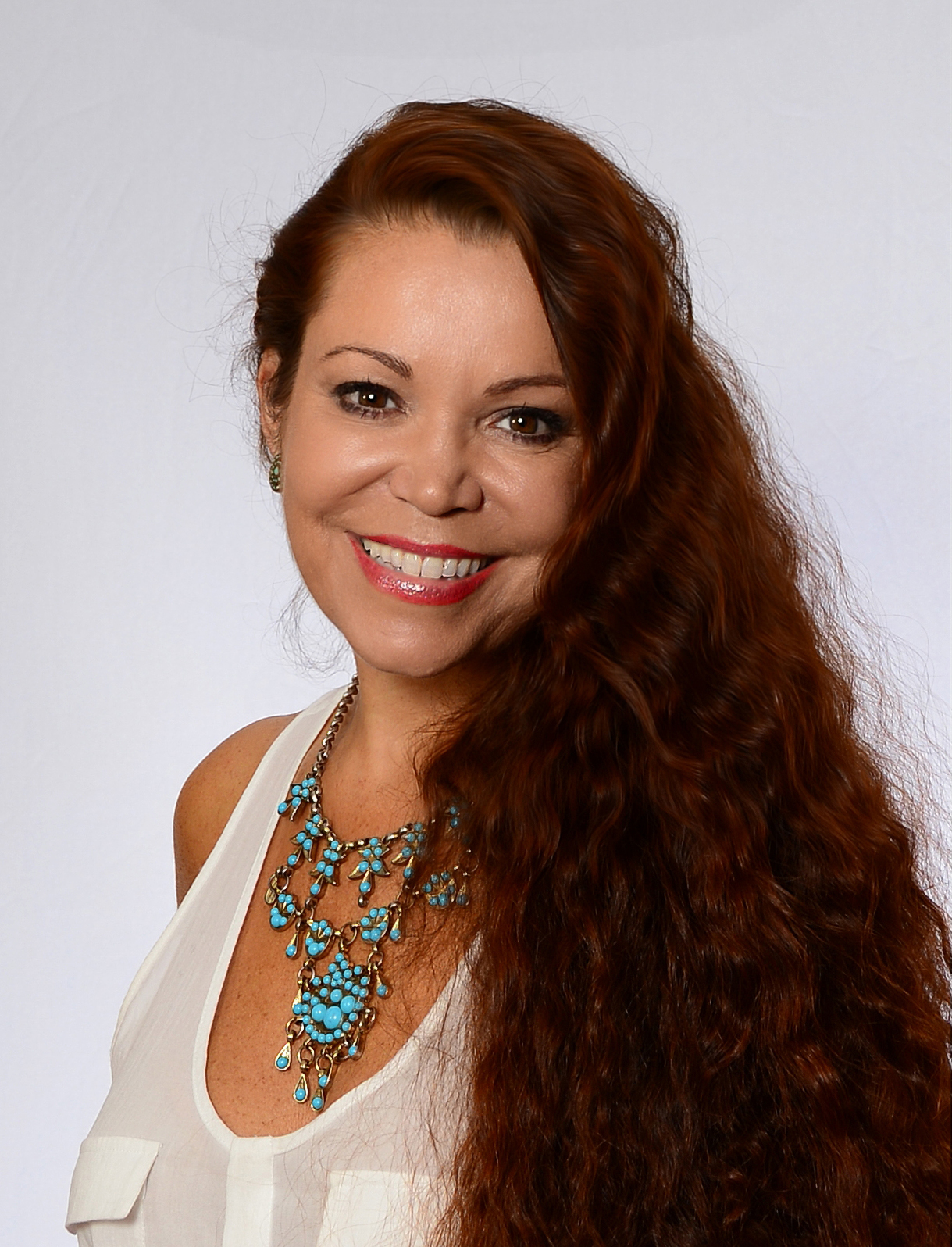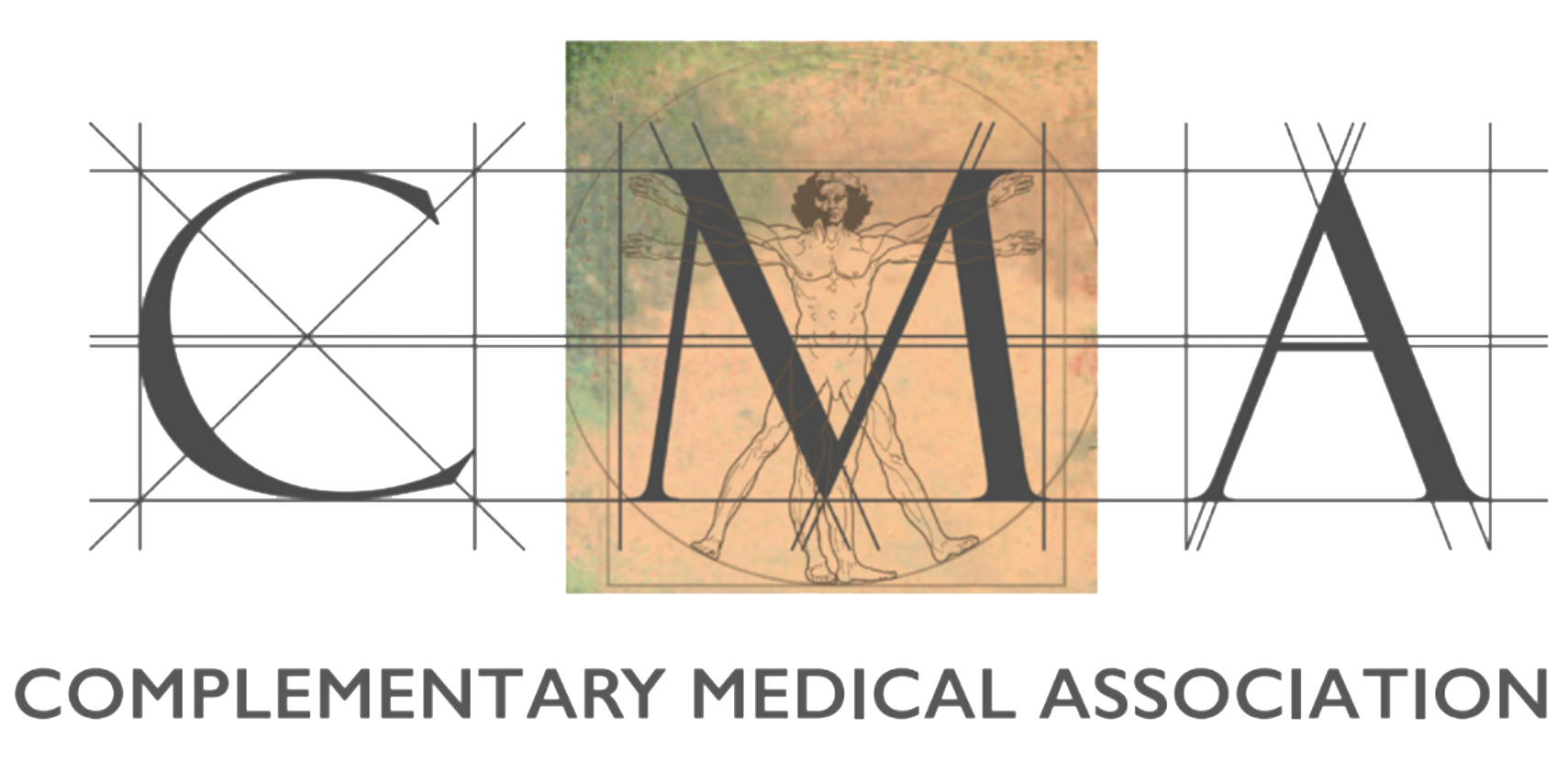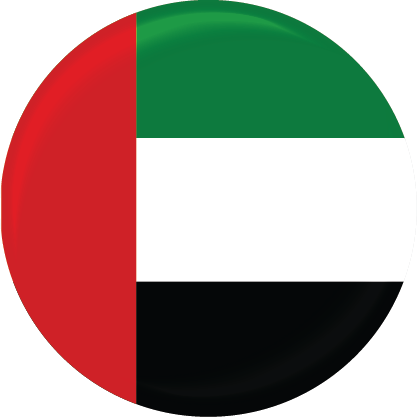
Register Now! Please, fill in your personal details and we will contact you shortly
Anatomy, Physiology and Pathology
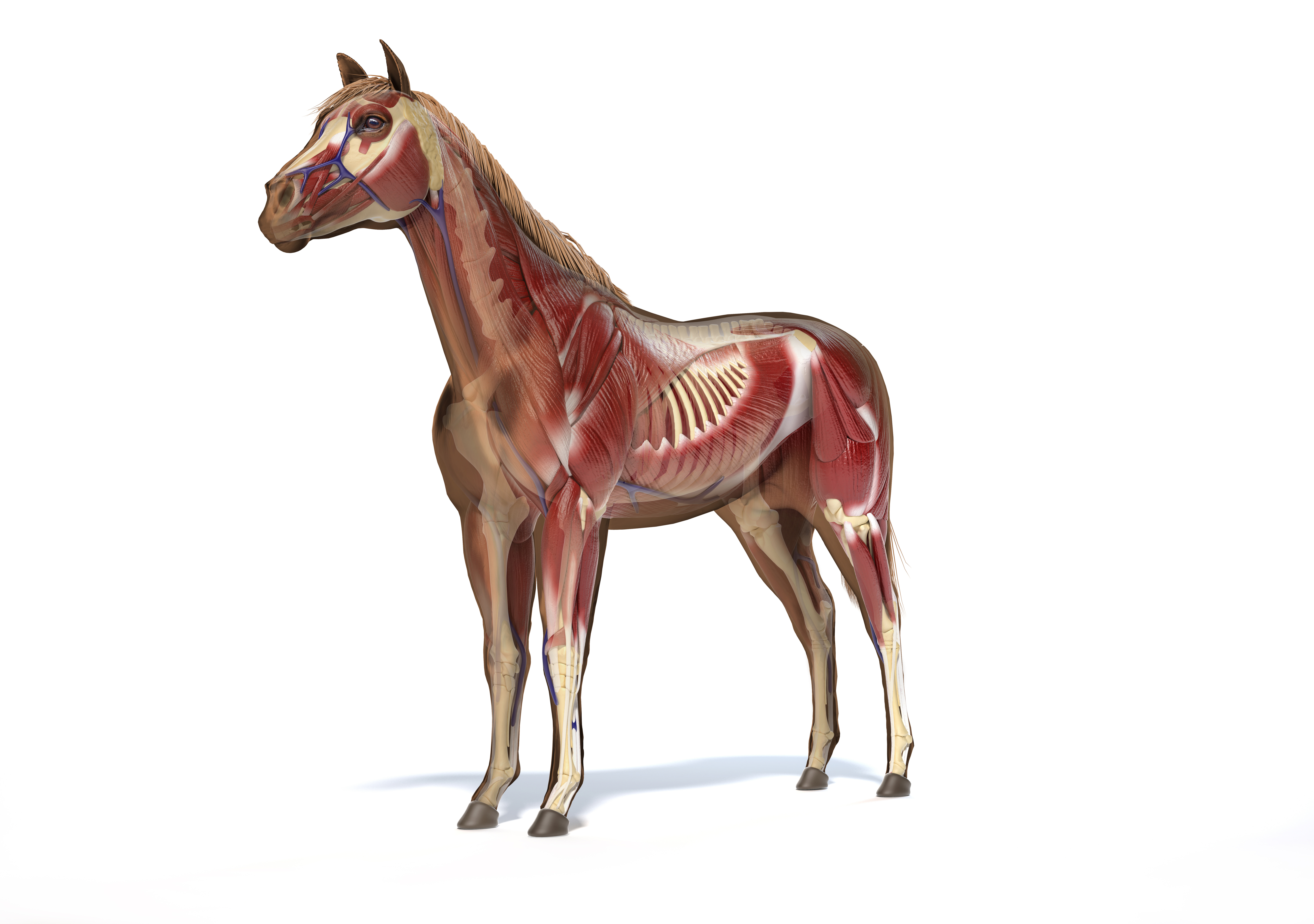
Audience
About the program
A comprehensive course on equine anatomy, physiology and pathology.
This program is intended to provide the student with a level of knowledge in Equine Anatomy, Physiology and Pathology as a fundamental underpinning that can enhance successful practice in a range of therapies.
Knowledge of anatomy is crucial to the credibility, specificity and therefore the efficacy of all therapies and treatments and developing a solid understanding of anatomy and the confidence to identify anatomy in practice is key to success. Anatomy is often taught from textbooks in two-dimensional form, and it can be difficult to translate this information to the live animal in practice.
This Program will explore equine anatomy in detail helping students to develop a genuine understanding of how the horses’ body works:
The course will cover the main physiological systems of the horse: Integumentary system, lymphatic system, respiratory system, digestive system, endocrine system, cardiovascular system, urinary system, and reproductive systems, at a level of detail appropriate for the practitioner.
Anatomy is the scientific study of the body structure of a healthy animal. Gross anatomy is the study of healthy structures in the body which can be seen using the naked eye. In basic anatomical terms, the horse’s body is made up of skin, the musculoskeletal system, the central nervous system, the cardiovascular system, the gastrointestinal system, the lymphatic system, the endocrine system, and the urinary system.
Physiology is the scientific study of the mechanisms of living things. Physiology reveals how cells, tissues, organs, and systems help to maintain normal bodily functions in healthy animals, as well as examining how an animal responds to changes in its environment. A physiologist is an expert in physiology. Changes to normal physiology imply that disease is present in the animal.
A good knowledge of physiology, therefore, can help an owner to maintain their animal’s health. The horse is an athletic animal, which means that it is ever more crucial to understand equine anatomy and physiology. The knowledge can help to increase your horse’s athletic performance, prevent injuries and identify problems in their early stages and this will enable you to communicate effectively with your horse care team.
We will take a closer look at the biological aspects of a domestic horse’s body, but also at the basic characteristic of a horse’s appearance and behavior, which differentiate it from other mammals. Doing so can prevent injuries from becoming severe and can increase the strength and performance of the animal. This can be of great economic value to the owner of a sporting horse We will take a closer look at the biological aspects of a domestic horse’s body, but also at the basic characteristic of a horse’s appearance and behavior, which differentiate it from other mammals. Formerly, horses were a cheap pulling power, now they are more often involved in sports, recreation, and therapy.
Modules learning about the following: The muscular skeletal system, the Limbs, Equine body systems - respiratory, cardiovascular, sensory and nervous- endocrine reproductive and digestive, teeth and dentistry, feet and farriery, Anatomy on a cellular level, injury and rehabilitation, exercise physiology, Histology and cellular, organ and systemic physiology.
Equine exercise physiology is defined as the study of the horse's body systems in response to exercise. A relatively new scientific field, equine exercise physiology provides an incredible amount of information that can be used to maximize performance, and extend the health and longevity of the athletic horse.
The programme will then look in more detail at the equine skeleton, muscular and nervus systems: by the end of the programme students should be able to confidently identify the parts of the skeleton, both axial and appendicular, and to be able to identify and name the bones making up each aspect.
Students will also learn about the various types of joints within the skeletal structure and by the end of the programme should be able to confidently identify and name them. Students will then learn to apply their knowledge to a live animal, being able to identify and palpate important bony landmarks and key elements of the skeletal structure.
The programme will explore the muscular system and the major muscles in detail including the main superficial and deep muscles relevant to the equine therapist or practitioner. Covering individual muscles in detail in terms of its physical shape and location within the skeletal system, its origin, insertion and innervation, and importantly its function, including how we can assess muscle health such as atrophy or hypertrophy, tension and tone.
The programme will also explore how muscles work together in pairs as agonists and antagonists, and how groups of muscles function together to effect movement within the overall structure. Again, students will learn to apply their knowledge to a live animal and should by the end of the programme have developed confidence in palpating the major muscles and making observations as to the health and functionality of those muscles.
Finally, this programme will explore the equine distal limb, understanding its evolution and unique structure, exploring the function of the various tendons and ligaments within the distal limb. Again, students will learn to apply their knowledge to a live animal and should by the end of the programme have developed confidence in palpating the important structures of the distal limb on a live horse.
A key element of this programme is to bring anatomy to life and enable students to feel genuinely confident applying this knowledge within their practice.
A deeper focus will be placed on relating form to function, giving an appreciation of how the musculoskeletal system coupled with the nervous act together to generate locomotion. Musculoskeletal and nervous dysfunction will be covered in depth within the course in order to enhance understanding of how horses move. Practical’s including palpation of anatomical structures of the musculoskeletal system will help on the understanding how these amazing animals move.
Students learn to find bony landmarks, muscle attachment areas through practical palpation exercises, and painting the skeleton on horses. Students then palpate and paint on the major muscles, and are provided with information on their function and dysfunction issues. Finally, students will have an overview on pregnancy and neonatal physiology.
Pathology. An overview of common conditions effecting equines, enabling students to recognize clinical signs of injury and develop and awareness of treatment approaches from different perspectives and understand the potential role of other equine paraprofessionals and practitioners in the care and management of horses.
When working as a holistic therapist in the equine industry, it is essential to have an understanding of clinical disease, dysfunction, injury and illness in order to ensure that the horse gets the correct care and attention from the relevant professionals at any given time. It is also important to have an understanding of how other practitioners and professionals approach certain conditions, so that we can speak a common language. This understanding allows the practitioner to apply their particular therapies and skill set in an appropriate way in the animals’ best interests and develop real credibility with other professionals working in the industry. It is also important that practitioners and therapists recognize hen an issue is out of their scope of practice and/or requires the care of other professionals.
This programme will introduce the student to key concepts relating to pain, explore the mechanisms of pain and how pain is manifested and experienced within the body. Students will gain an understanding of the various mechanism the body employs to manage pain and the effect the various types of pain medication have on the body.
This understanding enables the student to evaluate the efficacy and appropriateness of their therapies in certain situations and to confidently apply appropriate therapies to support the management of pain in a given situation.
Similarly, tissue healing will be explored in detail, in particular the process and importance of inflammation and the important role it plays in tissue healing, and how our interventions either support this natural cascade process to successful resolution, or how our interventions or other outside influences can hinder this process, delaying or compromising healing. Students will develop an understanding of what interventions, modalities and therapies may be appropriate to use at any given stage in the tissue healing process including at the acute, sub-acute and chronic phases of healing, leading to the most effective repair of those tissues. This understanding should enable to student to act confidently and effectively when dealing with injury.
This programme will look at function and dysfunction by tissue type including bones, joins, muscles, tendons and ligaments, looking at the causes and process of disease, why these structures potentially fail and how they can potentially be protected.
The programme will then explore in detail a wide range of conditions effecting the horse, both neurological and orthopedic conditions: what the condition is, the etiology, pathogenesis and clinical signs, how we might recognize the condition in practice and a range of both veterinary and supporting holistic approached to treatment of those conditions.


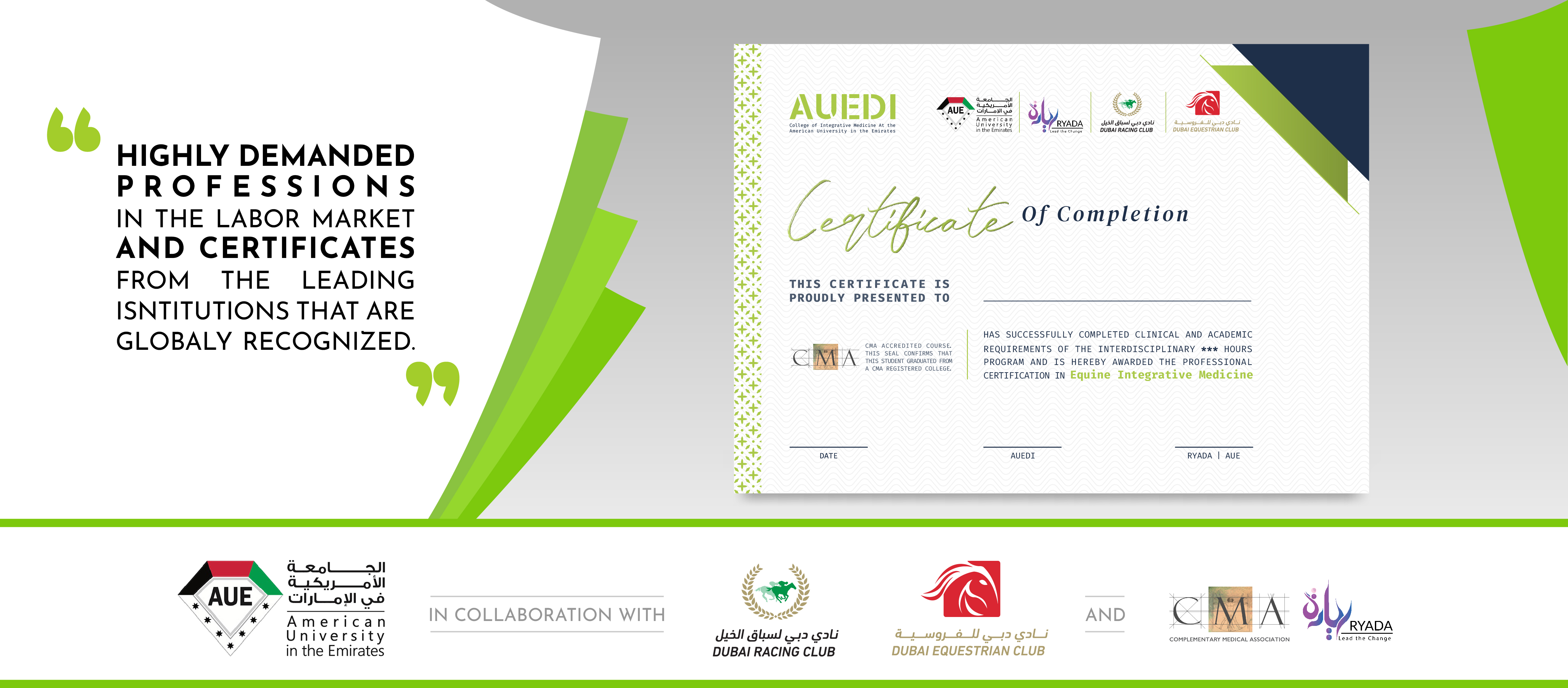

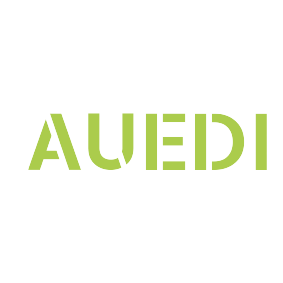 About the college
About the college
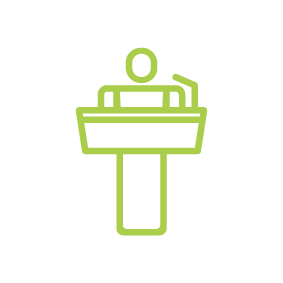 Lecturers
Lecturers
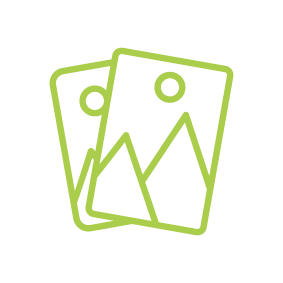 Gallery
Gallery
 The Dean
The Dean
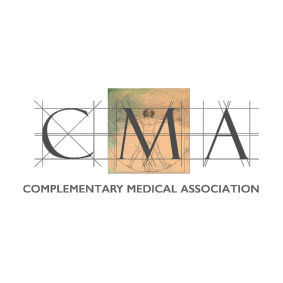 CMA
CMA
 CMA President
CMA President
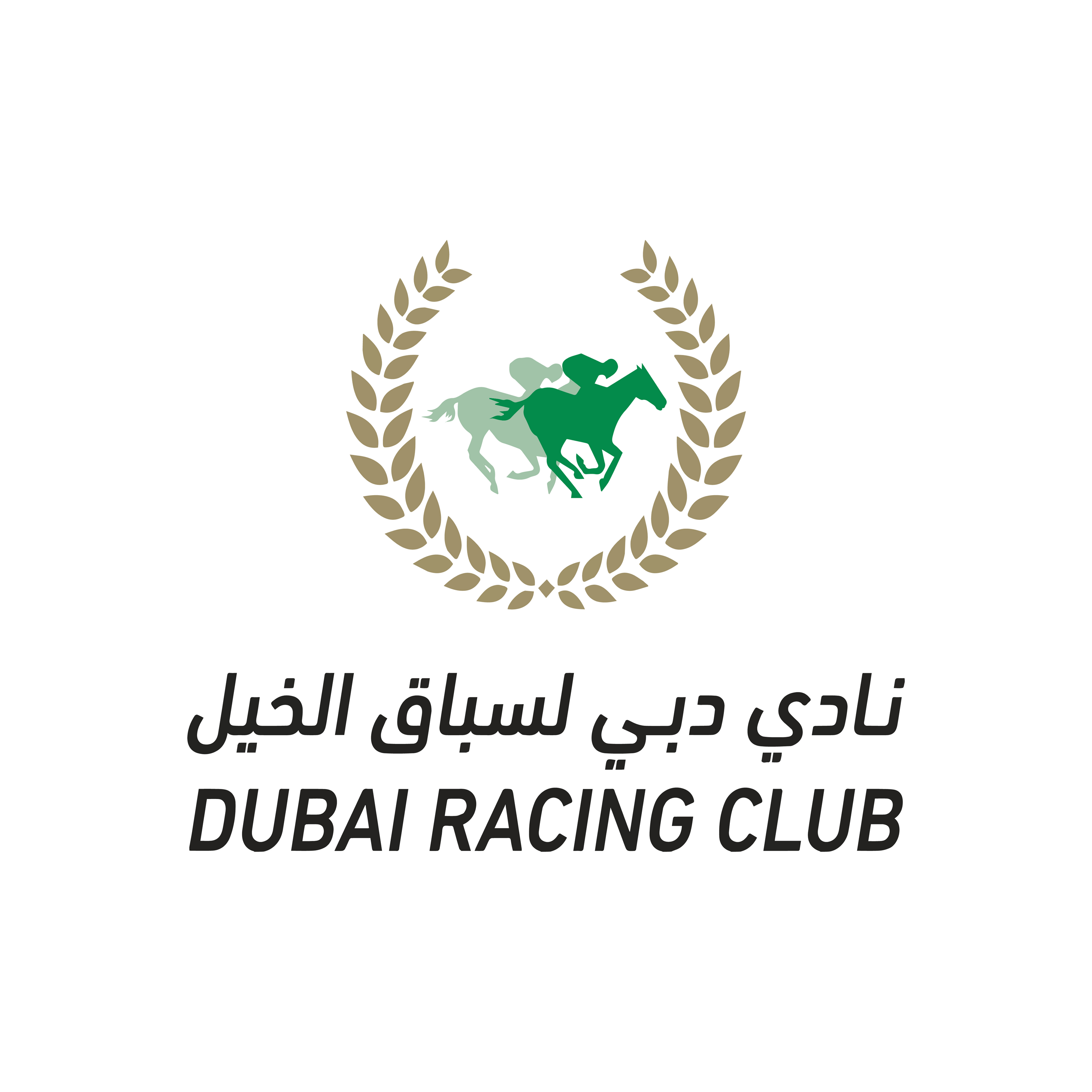 Dubai Racing Club
Dubai Racing Club
 Dubai Equestrian Club
Dubai Equestrian Club
 Our partners
Our partners
